Road trips, battery safety and competing for chargers: 10 electric car queries answered
Netizens and motorists had some questions about electric vehicles following two recent Talking Point episodes. An expert from the industry association in Singapore provides the answers.
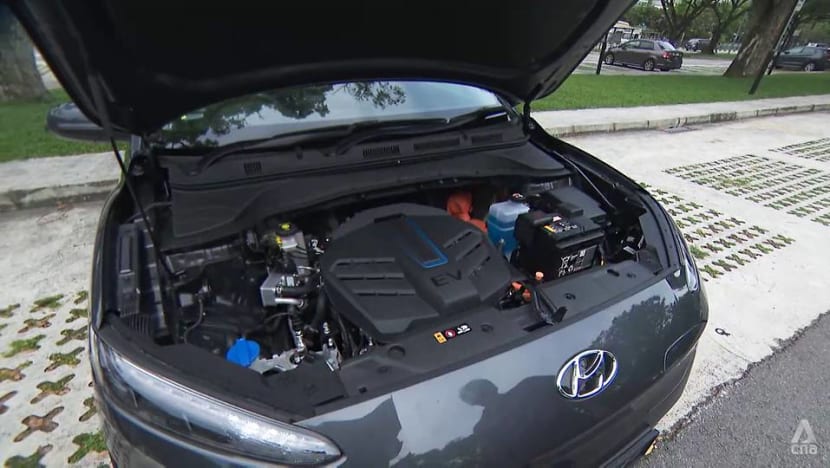
Under the hood of an electric vehicle.
SINGAPORE: Are electric vehicles (EVs) truly better for the environment than petrol cars? Are their batteries safe in a car crash? How much cheaper than a petrol car would it be to power an EV?
Questions like these came in after Talking Point recently discussed what the phasing out of internal combustion engines by 2040 will mean for Singapore, and how the electrification of public transport has made a difference to Shenzhen, China.
CNA Insider compiled a list of what readers wanted to know and sought answers from Electric Vehicle Association of Singapore vice-president Paul Welsford.
Q Are EVs more environmentally friendly than petrol vehicles?
A Yes, they lead to lower emissions over their lifetime, plus they have no roadside emissions and produce less heat and sound for a nice living environment.
WATCH: Solar-powered electric public transport? Shenzhen’s experiment (3:03)
The great thing about EVs is they can be powered by renewables if owners have the option. Conventional cars are stuck with emissions, no matter what.
CNA Insider: Using data from the United States’ Argonne National Laboratory, Reuters recently analysed how soon a Tesla Model 3, an EV, becomes cleaner than a Toyota Corolla in terms of lifetime carbon footprint: After 13,518 kilometres, if the Tesla is plugged into a grid supplied by hydroelectric power.
The Tesla would break even with a Corolla after 126,655 km if it is plugged into a coal-powered grid. Coal is the dirtiest fossil fuel — it emits more carbon dioxide than natural gas, which generates most of Singapore’s electricity.
READ: Electric vehicles may be fast and low-maintenance, but are they a real climate solution?
Q Do EVs really cost less to drive than petrol cars?
A Yes.
CNA Insider: The average car in Singapore travels 17,500 km a year. According to Hyundai distributor Komoco Motors, this means the monthly fuel costs of the Kona 1.6 Turbo, with a fuel efficiency of 100 km per 6.7 litres, would be S$246.
By comparison, the monthly charging fees of the Kona Electric, with an efficiency of 100 km per 15 kilowatt-hours, would be about S$120. This means the cost of powering the EV is roughly half that of a petrol car.
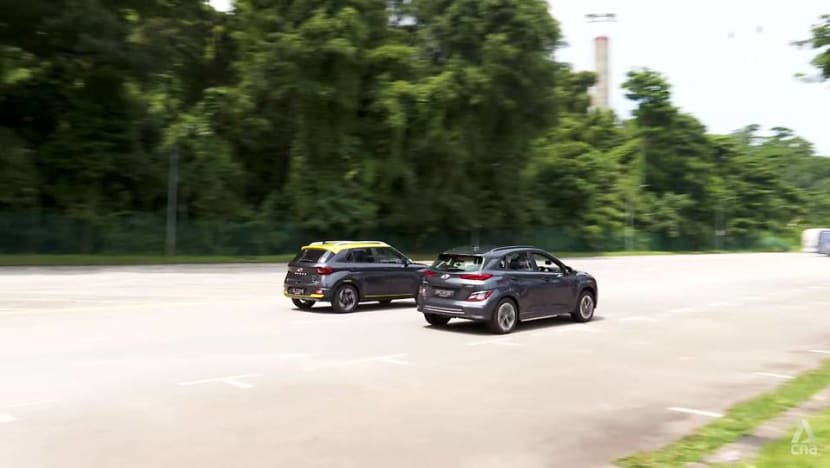
Q Where are charging points currently located?
A I recommend downloading the PlugShare app, which has a map of EV charging stations round the world.
There are already a number of charging points in Housing and Development Board car parks and for the BlueSG car sharing scheme, some of which are open to the public too.
READ: All HDB car parks in at least 8 towns to have electric vehicle charging points by 2025
The Singapore EV Guide 2021 explains the plan to reach 60,000 charging points by 2030. And the government has invited its first tender for 600 charging points, which will be in place at some point next year.
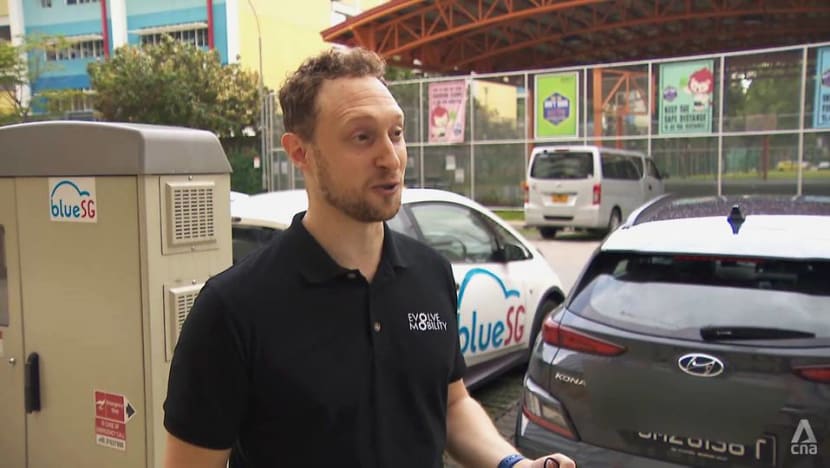
Q Will drivers need to fight over a charger?
A The ratio of EVs to charging points is nearly 1:1 now. In future, we will have to learn to share. We will need some innovative technology to try to make sure that people can charge when they need to charge.
Not everyone is going to need it every day. EV batteries now have a range of over 300 km, and given the average distance people drive each day, they would be charging every four to six days.
Q What if the battery dies in the middle of a road?
A You would be in the same position if you ran out of fuel — you would have been given plenty of warning by the vehicle.
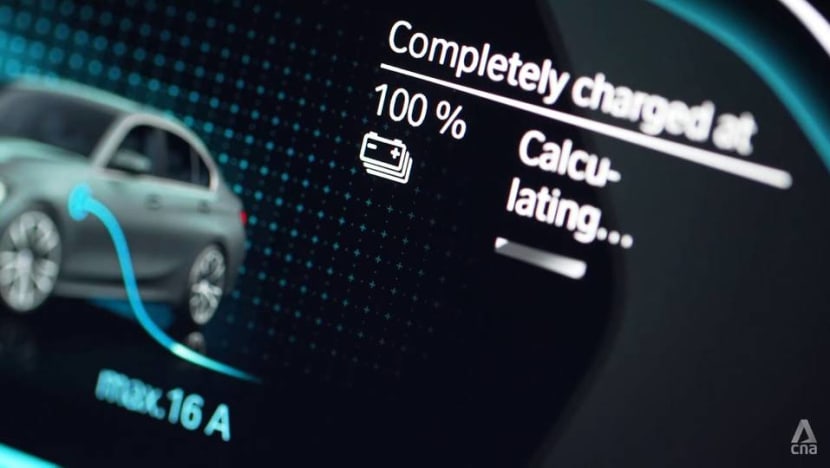
But if you do run out of battery and suddenly stop, you probably would need somebody to come and help you.
There are services coming up that will provide a quick top-up using a mobile battery to give you a bit more range to get to the nearest charging point.
Or they will be able to tow your car to the location you need to get to, where there will hopefully be a charging point too.
Q Can I take road trips to Malaysia, or drive to Johor on a single charge?
A You can definitely drive to Johor on a single charge. And in Johor Baru, there are fast chargers that can add hundreds of kilometres to your range in 30 to 40 minutes.
WATCH: Ask an electric car expert: Fuel costs, charging in HDB carpark, driving to Malaysia (10:02)
With vehicles like Hyundai’s Kona Electric, whose long-range version can cover more than 400 km, you could drive to Kuala Lumpur in one go.
Anyway, you may want to stop and top up a bit, because it is a long drive and you may want to stretch your legs or eat something.
Malaysia has already started to roll out EV charging. As more chargers get placed along the North-South Expressway, we will definitely be able to make those road trips without any problems.
Q What about battery swap stations, which Chinese car-maker Nio has?
A Battery swapping is cool, but I am still unsure about whether it is the solution. Nio’s service in China is a world leader but also quite unique, and we must think about what is the most practical for people.
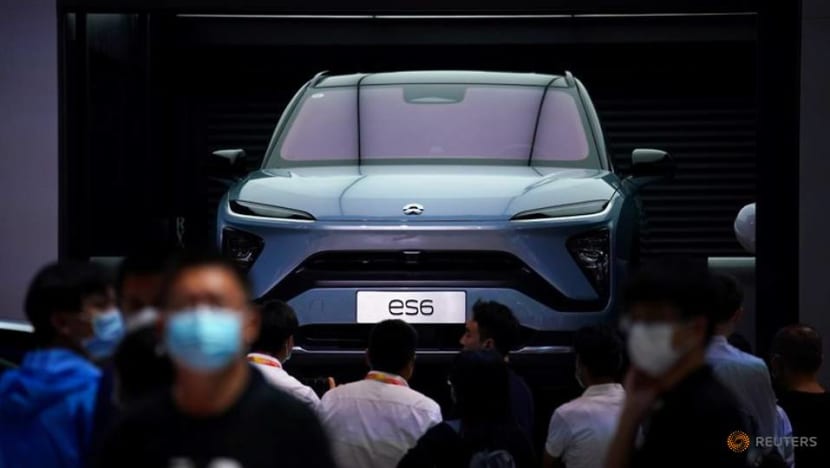
EV batteries are heavy — a Tesla Model 3 battery pack weighs around 480 kilogrammes — and battery swap stations must be large enough to have a bank of fully charged batteries and then to take the batteries that are running out.
Recharging those batteries before putting them back into vehicles also requires a lot of energy. And not every vehicle’s battery pack is the same; they are made by different companies, so we do not have a standardised industry pack.
Charging stations are more universal. All the EVs in Singapore use the same type of plug for alternate-current charging, and the majority use the same plug for fast direct-current charging.
Q Are batteries safe if the car is involved in a crash?
A No crash, whether involving an EV or a traditional car, is inherently safe. Any situation where a car, EV or not, may be compromised is dangerous.
WATCH: Talking Point’s episode 1 in full — Switching to electric car: Is it worth it? (22:20)
The good thing is that fire services round the world, including in Singapore, are prepared to handle these types of fires.
Also, EV batteries — which take up most of the space at the bottom of the car — are a lot more sophisticated than batteries in other consumer electronics.
Innovative battery management systems keep the batteries cool and control the amount of power output and input. This is what keeps the EV battery safe. And car-makers are getting better at making these systems even safer.
Q In terms of battery replacement, is there a warranty?
A Most car-makers now provide at least an eight-year warranty on the battery. Some even provide a 10-year warranty — so for the full term of the Certificate of Entitlement, the battery can be replaced under warranty.
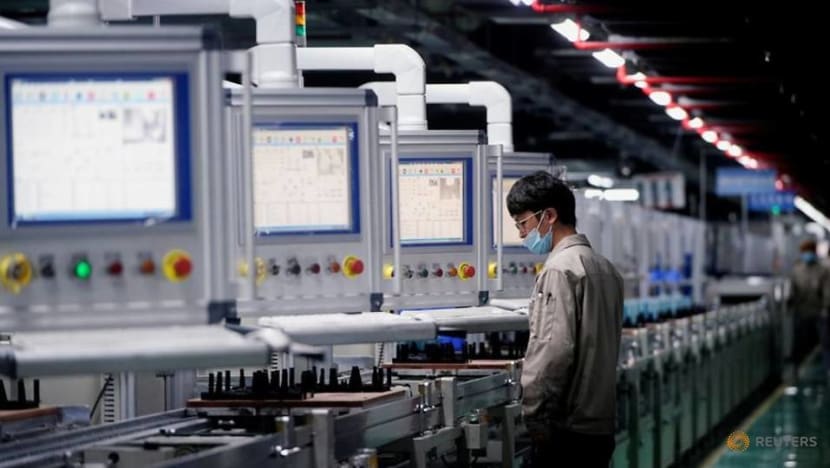
Even the batteries of early-generation EVs have lasted a long time. There are Nissan Leafs that are a decade old in Europe and other countries that are still running. Their range has reduced, but they are working perfectly fine.
Q What about potential environmental hazards when batteries are discarded, or the environmental cost of extracting minerals to make batteries?
A Owing to the size of EV battery packs, they have the potential for a “second life”.
Even if a battery pack with over 30 kilowatt-hours has lost 15 to 20 per cent of that amount, it is still useful for things like home energy storage and grid-level storage.
READ: SP Group trials technology to push energy from battery of electric vehicle back to power grid
When we start to involve more renewables in Singapore’s energy grid, we may want to store some of the excess solar energy captured during the day in batteries. Instead of making new batteries, we can reuse old EV batteries.
WATCH: Episode 2 in full — Electric cars: Can vehicles really be zero-emission? (23:43)
E-waste recycler TES’ factory in Singapore can also recycle lithium-ion batteries. If we can put those raw materials back in new battery packs, then the disposal of batteries may not be something we will see often.
The last thing we want is batteries ending up in a landfill or not being disposed of properly.

















